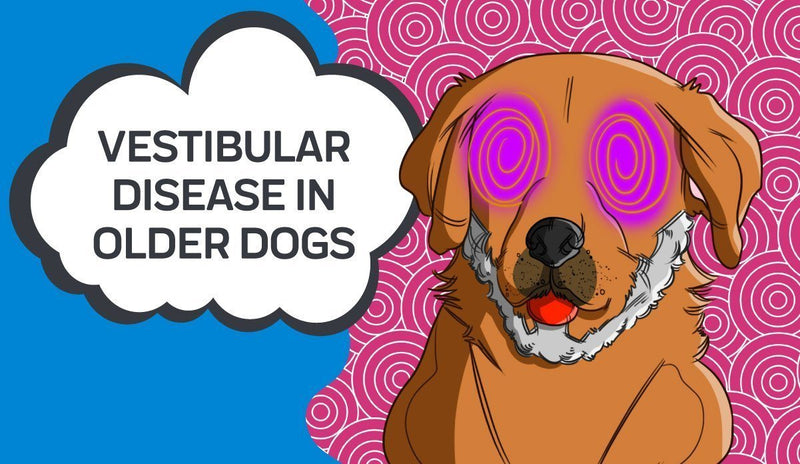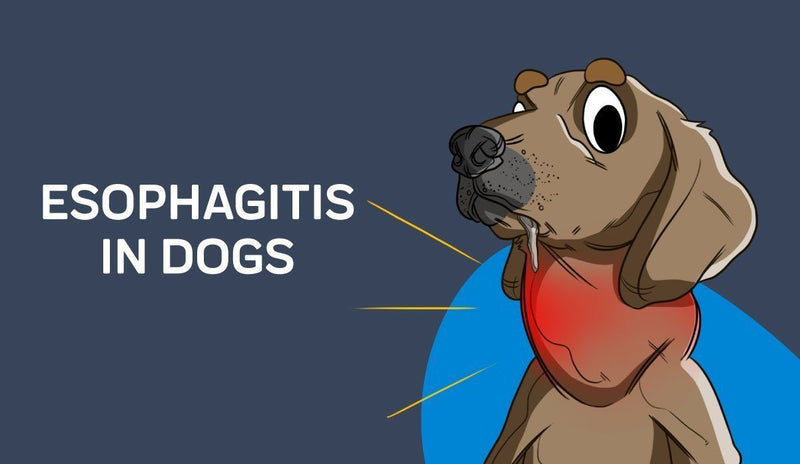Running is one thing Thomas Panek decided he wasn’t going to give up when he lost his vision in his mid-20s. When he joined the cross country team in high school he would compensate for his vision problems by running close behind somebody else, afraid that his poor vision would present a hazard if he took the front of the pack. When he was diagnosed with a condition that would eventually take his sight altogether, he gave up running, constantly getting hurt. And finally, Panek picked it back up again in his late 30s, determined not to let the disability hold him back. Now nearing 50, the 48-year-old CEO of Guiding Eyes for the Blind just accomplished something pretty incredible by completing the New York City Half-Marathon. Further, dog lovers will be happy to hear that Panek’s accomplishment also made him the first visually-impaired person to complete the race with the help of guide dogs — a team of them, as a matter of fact.
This was far from the first marathon for Panek, who’s run 20 marathons since losing his vision more than two decades ago now, including five Boston Marathons, three New York City Marathons, a Marine Corps Marathon and a California International Marathon. But he’d always completed those races with the help of a person as support along the way. According to Panek himself, he missed the independence, which is why he decided to set up a training program for his three guide dogs so they could help him get to the finish line. It’s an accomplishment nearly four years in the making, after Guiding Eyes started its "Running Guides" program back in 2015.
"It never made sense to me to walk out the door and leave my guide dog behind when I love to run and they love to run," he said. "It was just a matter of bucking conventional wisdom and saying why not.”
He adds that running with his guide dogs offers one major benefit that having a running partner always did in his early days of picking the hobby back up: dogs are always in the mood for a good run. “It’s hard when you rely on a human guide to run. They also have to be in the mood to run,” he said. “Running is also a solo sport for a lot of people. You want to get out there and be with your own space. It’s just like anybody who wants to be independent and not relying on another human being for every step. I want to be independent too.”
To complete this race, Panek had a team of three guide dogs that ran with him in shifts: Westley, Waffle, and Gus, all ranging between two and seven years old. Each dog was responsible for setting their own pace and ran for anywhere from three to five miles at a time and were regularly checked by vets and volunteers along the way to make sure they were properly hydrated and in good health throughout the race. And when it was all said and done, the 14-legged team finished the half marathon in an impressive two hours and 20 minutes, which is pretty much right on pace with the common two-hour goal that many advanced and experienced marathon and half marathon runners set for their 13.1-mile trek. It’s a pace of a bit over nine minutes per mile and Panel crossed the finish line with Gus, his seven-year-old golden lab and long-time guide.
"It's a little emotional for me because he's been there with me the whole time," he said. It was so emotional, in fact, that he wouldn’t even let volunteers put the medal around his neck at the finish line, instead insisting that Gus have the honors.
Panek trained with his team for months and pointed out after the race that his bond with these three dogs, in particular, was crucial to being able to finish it all.
"The bond is really important," he said. "You can't just pick up the harness and go for a run with these dogs. You're training with a team no matter what kind of athlete you are, and you want to spend time together in that training camp."
The run did more than just create and set new records as a first in both the blind and the running communities, it broke down a barrier. The general belief leading up to this has been that running, better yet, running a marathon with guide dogs is dangerous. “It was considered taboo and against the rules to run with your guide dog,” said Jolene Hollister, a class supervisor at Guiding Eyes for the Blind. “It was always assumed that a guide dog can’t make decisions and maintain safety for the team while running.”
Just imagining the large crowds, the sounds, and overwhelming of senses that must be going on in a city like New York and in the middle of a large race to top it off, you can see how it would take a very specific type of training to equip a guide dog for such a task, as well as finding a four-legged guide that’s very disciplined.
“The first step of evaluating that is taking the dog out for a run and basically asking, do you enjoy this?” Hollister said. “Those dogs that go out there like, ‘Really? I can run? Everybody has told me I have to slow down. You’re giving me the green light?’ Those are the dogs that are going to stay with us and continue to be exposed to running, making decisions like that at a faster pace as well as building up stamina and fitness level.”
And that’s exactly why Panek built the Guiding Eyes for the Blind program, specifically enabling special dogs to independently lead runners. For Panek, the accomplishment is an opportunity to inspire other visually-impaired people to get out and do the same should they choose to.
“There are a lot of obstacles he has to navigate – left and right, around,” he explained. “It was a little scary because along one part of the course, you run along the FDR [Drive]. There are cars coming right at you on the other side. I hear these cars at 55 miles an hour, but he’s so calm, and he’s so together. He knows what he’s doing. He just guided me on the course safely and got me to the finish line.”
















